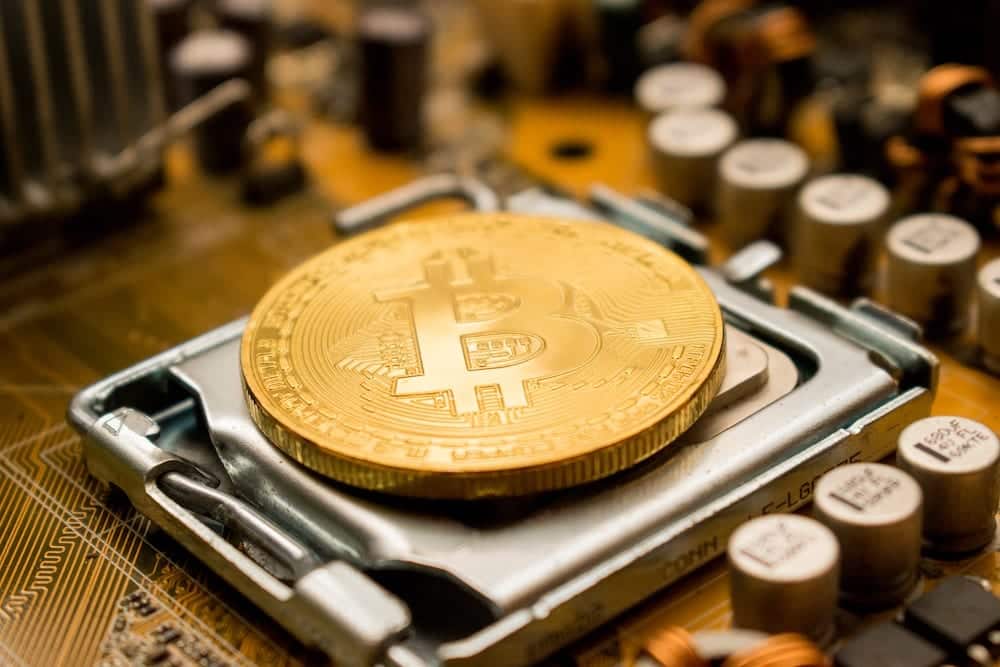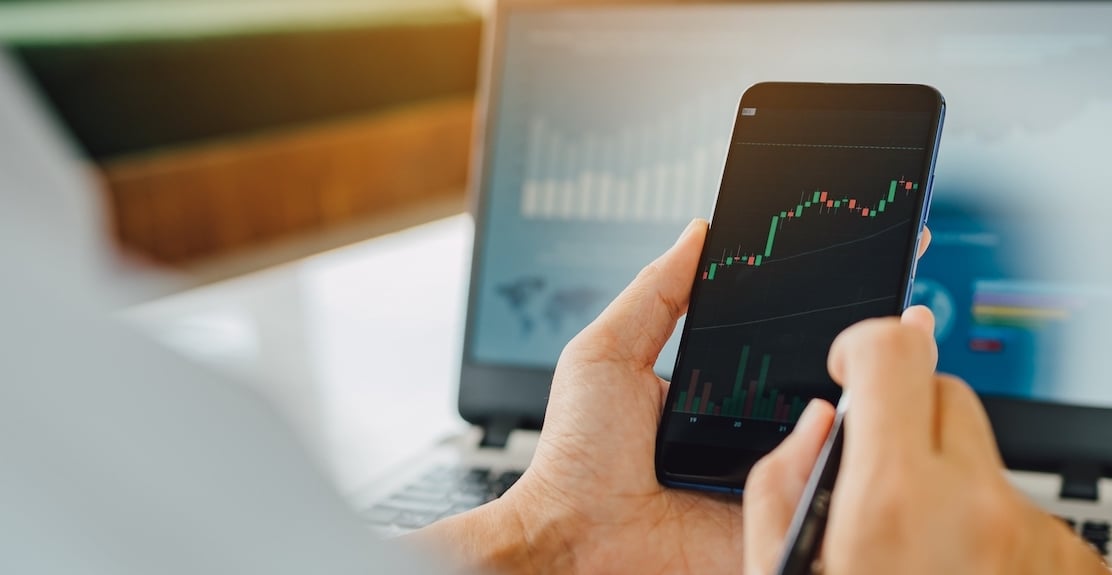By now, you should know that there are only 21 Million bitcoins ever created. But not all 21 million bitcoins are already available in the market.
Like gold, you need to mine bitcoin. Unlike gold, you don’t need to physically dig the Earth to mine bitcoin. Instead, you make your very powerful computers solve complex mathematical problems to confirm the legitimacy of a transaction.

The reward for solving such a problem is 6.25 bitcoins.
All these, of course, happen in the blockchain.
As more and more bitcoins are mined, the mathematical problem becomes more and more difficult. Which means the more powerful computers need to be and the more energy it uses.
For every 500 transactions, a new block is created in Bitcoin’s blockchain.
Now, every 4 years, the reward was cut in half.
Prior to May 12, 2020, miners get 12.5 bitcoins.
Why every four years? Because it takes roughly 4 years for 210,000 blocks are mined, or roughly every four years.
This is bitcoin’s way of using a synthetic form of inflation that halves every four years until all bitcoin is released and is in circulation.
The halving marks another drop in bitcoin’s dwindling finite supply. The total maximum supply of bitcoin is 21 million. As of May 2021, about 18.7 million bitcoins are in circulation. That leaves a little over 2.28 million left to be released.
In 2009, the reward for each block was 50 bitcoins. After the first halving it was 25, then 12.5, and now 6.25 bitcoins
This system will continue until around the year 2140. At that point, miners will be rewarded with fees for processing transactions that network users will pay.
These fees ensure that miners still have the incentive to mine and keep the network going. The idea is that competition for these fees will cause them to remain low after halvings are finished.
Are miners rich?
Yes and no.
Miners are rewarded with 6.25 bitcoins per successful transaction. Let’s assume, just for the sake of this video, that each bitcoin is $35,000. That means the miner gets $218,750.
But it’s not that easy.
For one, thousands are competing against you. So, miners actually usually pool together their resources to increase their chances of successfully mining.
They then split the profit amongst themselves after paying electricity bill.
Of course, there is the maintenance of the computers. As i’ve mentioned, to process a transaction, the mathematical problem becomes more complex and it requires higher computational power. They call this the ASIC or Application-Specific Integrated Circuit.
Different writers, experts, and mathematicians came up with different ways to compute net revenue. Malcolm Cannon & Jordan Tuwiner are two such experts. They concluded that today, you might make a net profit of $45 per day.
But that’s another story.
But if you can’t wait. Check the description box and click on our video talking about physical requirements to mine a bitcoin.




